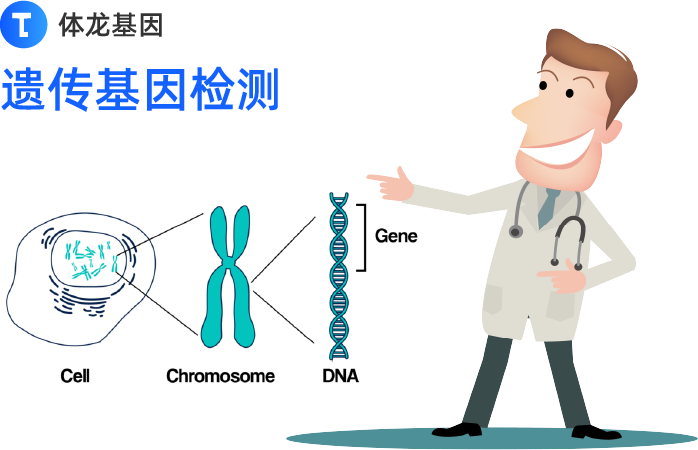在2016年1月4日的《美国国家科学院院刊》(PNAS)上发表了来自中科院动物所、中国科学院北京生命科学研究院的研究人员的研究成果,研究成果表明在蝗虫中MicroRNA-276通过上调brm促进了卵孵化同步。揭示出了miR-276提高brm表达促进发育同步的机制,提供了与生物同步性密切相关的发育稳态调控及种群维持的一些重要新见解。
领导这项研究的是现任中国科学院动物研究所所长、中国科学院北京生命科学研究院院长的中国科学院院士康乐(Le Kang)。主要研究领域是以昆虫为模式系统,主要开展生态基因组、抗寒性以及化学生态及行为学研究。曾荣获国家自然科学三等奖,获何梁何利生命科学与技术进步奖等奖项。2013年获美国昆虫学会颁发的杰出科学家奖。
发育同步是一致群集、迁移和性成熟的基础,是群居动物适应变化环境的一种重要策略。但目前对于发育同步的分子机制仍不是很清楚。飞蝗(Locusta migratoria)是最广泛的一类蝗虫物种,长期以来被用作为昆虫形态学、行为和生理学研究的模型生物。在群居个体与独居个体之间飞蝗显示出非遗传多型性,前者比后者更加表现出性成熟和迁移的同步性(延伸阅读:Plos genetics:miRNA或将成为蝗灾治理突破口 )。
micrornA(miRNA)是一类长度为18-24nt的内源性非编码单链RNA分子,它广泛存在于各种真核生物中,主要通过与靶基因mRNA的3’非翻译区(3’UTR)不完全配对,使mRNA降解或有效抑制mRNA翻译成靶基因从而发挥作用,在真核生物基因的转录、表达过程中起着重要的调控作用。研究显示,动物中约有50%以上编码基因的表达都受到miRNA的调控。
在这篇文章中,研究人员证实相比于独居蝗虫,群居蝗虫的卵孵化事件更加一致,在群居蝗虫的卵巢和卵子中microRNA-276 (miR-276)呈显著高水平表达。有意思地是,研究人员发现分别在群居雌蝗虫中抑制miR-276及在独居雌蝗虫中过表达它,可使得后代受精卵更加异时及同步孵化。并且,miR-276直接靶向转录共激活因子基因brahma (brm),导致了它上调。敲低brm不仅可造成群居蝗虫非同步卵孵化,并破坏了独居蝗虫中miR-276诱导的同步卵孵化。机制研究证实,miR-276是以一种依赖于brm二级结构——miR-276结合位点周围茎环的方式介导的brm激活。
原文链接:MicroRNA-276 promotes egg-hatching synchrony by up-regulating brm in locusts
原文摘要:Developmental synchrony, the basis of uniform swarming, migration, and sexual maturation, is an important strategy for social animals to adapt to variable environments. However, the molecular mechanisms underlying developmental synchrony are largely unexplored. The migratory locust exhibits polyphenism between gregarious and solitarious individuals, with the former displaying more synchronous sexual maturation and migration than the latter. Here, we found that the egg-hatching time of gregarious locusts was more uniform compared with solitarious locusts and that microRNA-276 (miR-276) was expressed significantly higher in both ovaries and eggs of gregarious locusts than in solitarious locusts. Interestingly, inhibiting miR-276 in gregarious females and overexpressing it in solitarious females, respectively, caused more heterochronic and synchronous hatching of progeny eggs. Moreover, miR-276 directly targeted a transcription coactivator gene, brahma (brm), resulting in its up-regulation. Knockdown of brm not only resulted in asynchronous egg hatching in gregarious locusts but also impaired the miR-276–induced synchronous egg hatching in solitarious locusts. Mechanistically, miR-276 mediated brm activation in a manner that depended on the secondary structure of brm, namely, a stem-loop around the binding site of miR-276. Collectively, our results unravel a mechanism by which miR-276 enhances brm expression to promote developmental synchrony and provide insight into regulation of developmental homeostasis and population sustaining that are closely related to biological synchrony.
(责任编辑:fangqi)













